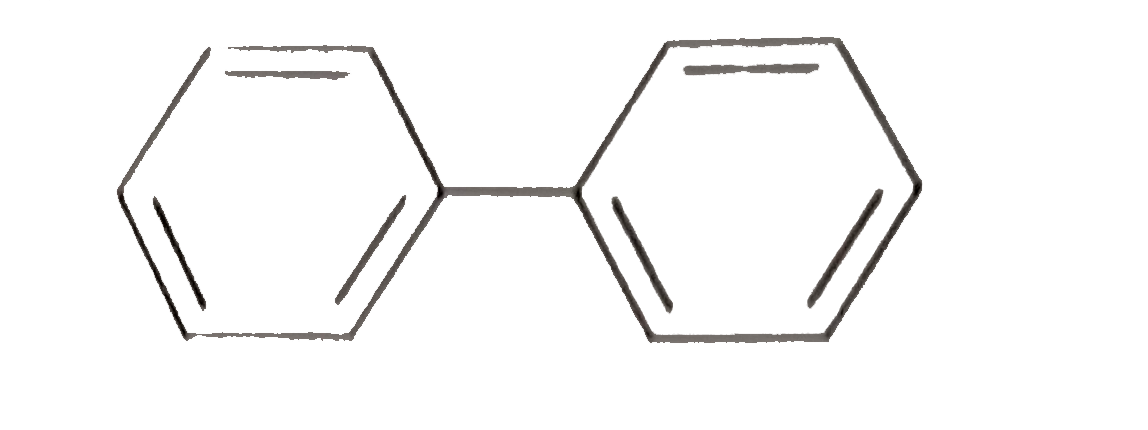Which among the following does not represent Maxwell's equation?
∮→E.−→dA=qε0
∮→B.−→dA=0
∮→E.→dl=−dBdt
∮→B.→dl=μ0IC+μ0ε0dϕEdt
The correct Answer is:C
To determine which option does not represent Maxwell's equations, we first need to understand the four fundamental equations that comprise Maxwell's equations. They are:
1. Gauss's Law for Electricity:
∮E⋅dA=Qencε0
This relates the electric field E to the charge Qenc enclosed in a surface.
2. Gauss's Law for Magnetism:
∮B⋅dA=0
This states that there are no magnetic monopoles; the net magnetic flux through a closed surface is zero.
3. Faraday's Law of Induction:
∮E⋅dl=−dΦBdt
This indicates that a changing magnetic field ΦB induces an electric field E.
4. Ampère-Maxwell Law:
∮B⋅dl=μ0Ienc+μ0ε0dΦEdt
This law relates the magnetic field B to the electric current Ienc and the changing electric field ΦE.
Now, let's analyze the options provided in the question:
1. Option 1: Represents Gauss's Law for Electricity.
2. Option 2: Represents Gauss's Law for Magnetism.
3. Option 3: Represents Faraday's Law of Induction, but it is incorrectly stated as E⋅dL=−DΦI/Dt instead of the correct form.
4. Option 4: Represents the displacement current term in the Ampère-Maxwell Law.
From the analysis, it is clear that Option 3 does not correctly represent Maxwell's equations because it misstates Faraday's Law.
Final Answer:
Option 3 does not represent Maxwell's equation correctly.
∮E⋅dA=Qencε0
This relates the electric field E to the charge Qenc enclosed in a surface.
∮B⋅dA=0
This states that there are no magnetic monopoles; the net magnetic flux through a closed surface is zero.
∮E⋅dl=−dΦBdt
This indicates that a changing magnetic field ΦB induces an electric field E.
∮B⋅dl=μ0Ienc+μ0ε0dΦEdt
This law relates the magnetic field B to the electric current Ienc and the changing electric field ΦE.
2. Option 2: Represents Gauss's Law for Magnetism.
3. Option 3: Represents Faraday's Law of Induction, but it is incorrectly stated as E⋅dL=−DΦI/Dt instead of the correct form.
4. Option 4: Represents the displacement current term in the Ampère-Maxwell Law.
Option 3 does not represent Maxwell's equation correctly.
Topper's Solved these Questions
- ELECTROMAGNETIC WAVESBOOK - NCERT FINGERTIPSCHAPTER - ELECTROMAGNETIC WAVESEXERCISE - Electromagnetic Waves
40 Videos
- ELECTROMAGNETIC WAVESBOOK - NCERT FINGERTIPSCHAPTER - ELECTROMAGNETIC WAVESEXERCISE - Electromagnetic Spectrum
20 Videos
- ELECTROMAGNETIC INDUCTIONBOOK - NCERT FINGERTIPSCHAPTER - ELECTROMAGNETIC INDUCTIONEXERCISE - Assertion And Reason
15 Videos
- ELECTROSTATIC POTENTIAL AND CAPACITANCE BOOK - NCERT FINGERTIPSCHAPTER - ELECTROSTATIC POTENTIAL AND CAPACITANCE EXERCISE - Assertion And Reason
15 Videos
Similar Questions
Knowledge Check
Which among the following does not exist?
AXeFO4BNeF2CXeF2DKrF2Which of the following does not represent ideal gas equation?
APV=1/2mNu2BPV=nRTCP=ρRT/MDPV=RTFor the given ideal gas equation PV=nRT, answer the following questions:
Which of the following does not represent ideal gas equation?APV=13mNvBPV=nRTCP=ρRTMDPV=RT
Which one of the following does not represent Arrhenius equation?
View SolutionWhich among the following represents an amide
View SolutionWhich among the following equations represents arrhenius equation ?
View SolutionWhich of the following does not represent structure of ?

View SolutionWhich among the following does not have a cell wall ?
View Solution
